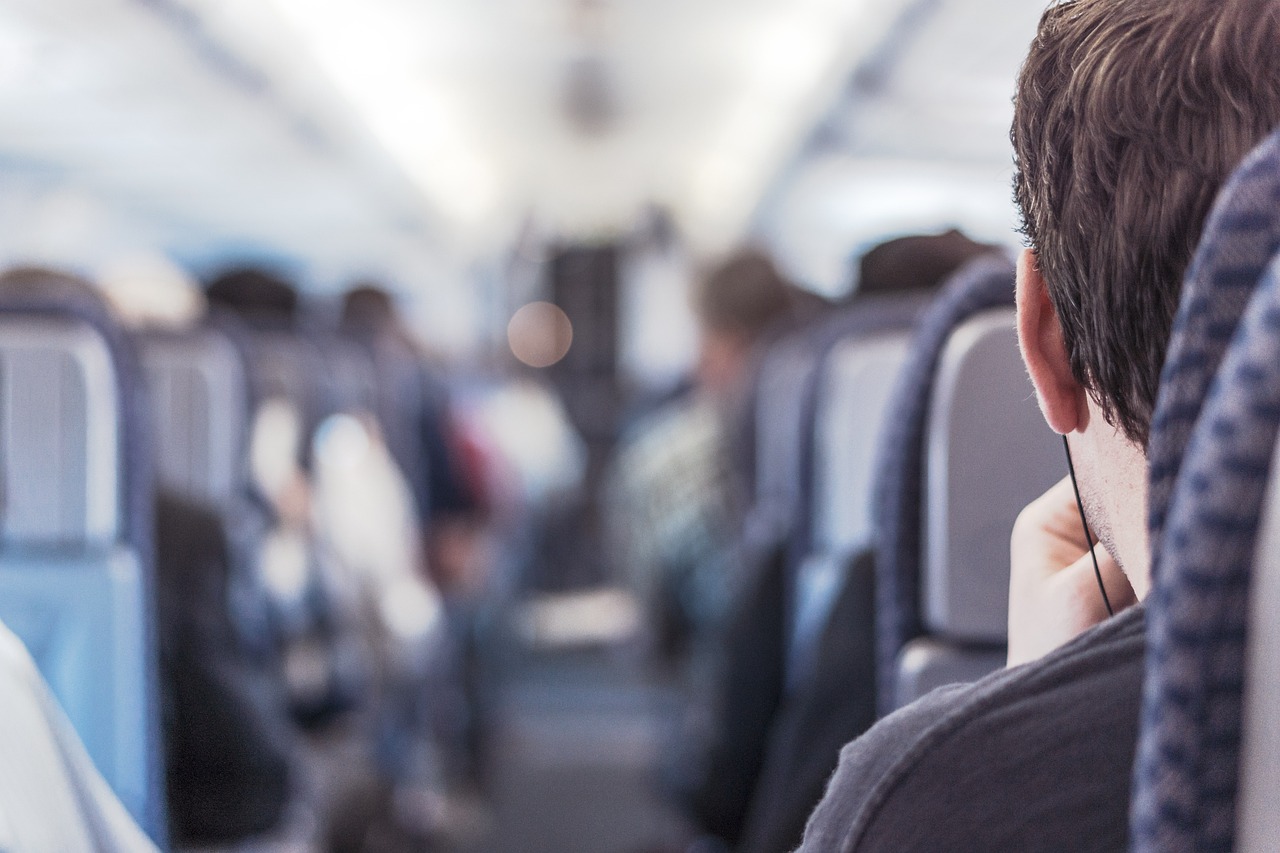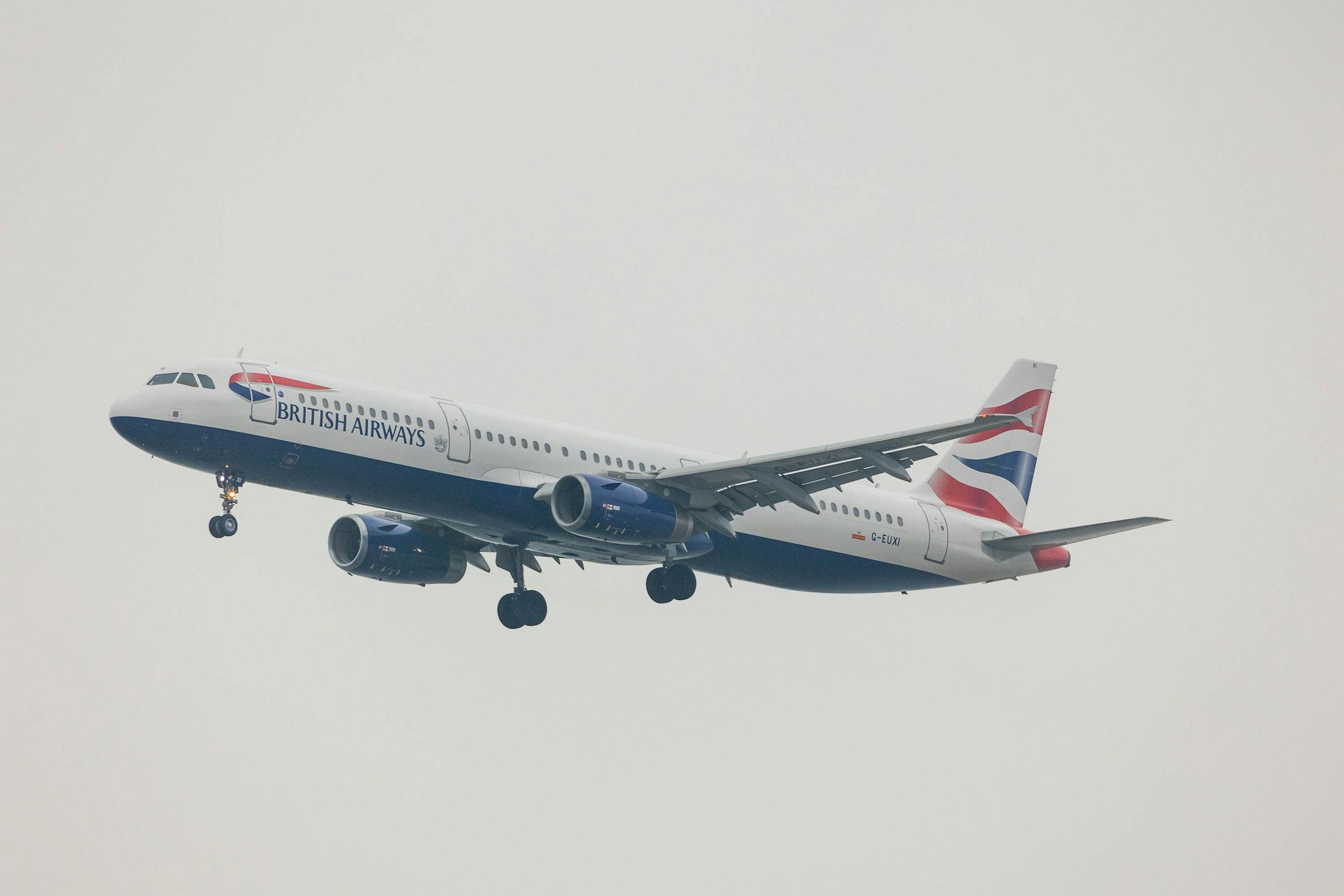Have you ever noticed your ears feeling weird or blocked when you are flying? You are not alone. This is a common problem, and it can be really uncomfortable. But why does it happen? In this article, we will explain what is going on and why flying has this strange effect on your ears.

The main reason your ears feel blocked is because of changes in air pressure. Air pressure inside the plane changes rapidly during takeoff and landing, which can put stress on your ears.
Normally, your ears have a built-in mechanism to deal with this through a small passage called the Eustachian tube. This tube connects the middle ear to the back of your nose and throat and plays a vital role in balancing air pressure. By opening and closing, it ensures the pressure inside your ear matches the air pressure outside.
However, during a flight, especially during takeoff and landing, the changes in air pressure can happen so quickly that your Eustachian tubes may struggle to keep up. This imbalance is what creates that blocked or full feeling in your ears.
In some cases, you might even feel slight discomfort or hear muffled sounds as the pressure difference affects your eardrum’s ability to vibrate normally. Understanding this process can help you better manage the discomfort.
Some individuals are more prone to this issue because their Eustachian tubes might be narrower or function less effectively. These tubes are responsible for equalising air pressure in the middle ear, but when they don’t work as efficiently, pressure imbalances are more likely to occur. This can make flying incredibly uncomfortable.
If you are experiencing a cold, allergies, or sinus congestion, these conditions can inflame or block the tubes, impairing their ability to balance pressure. The swelling or excess mucus caused by these issues makes it harder for air to pass through, leading to that blocked sensation.
Children are also particularly affected because their Eustachian tubes are not only smaller but also positioned more horizontally than in adults. This makes it easier for fluids to accumulate and harder for the tubes to open and close effectively.
Chronic conditions like frequent sinus infections, ear infections, or even anatomical differences in the ear and throat can contribute to recurring issues with blocked ears on planes too.
Most of the time, blocked ears are just annoying, but in some cases, they can lead to more serious issues. You might experience persistent ear pain, a sense of fullness, or even temporary hearing loss.
If the pressure imbalance is not resolved, it can result in a condition called barotrauma. Barotrauma occurs when the eardrum becomes strained or damaged due to unequal pressure on either side. In severe cases, this could cause the eardrum to rupture, leading to further complications like infections or long-term hearing difficulties.
Prolonged pressure differences can also irritate the middle ear and lead to inflammation or fluid buildup behind the eardrum, a condition known as aerotitis media. This can cause discomfort that persists even after the flight.
People with pre-existing ear or sinus issues, such as colds, allergies, or chronic infections, are at a higher risk of developing complications if blocked ears are not addressed promptly. Taking proactive steps to equalise the pressure can help avoid these potential problems.
Blocked ears on a plane are caused by quick changes in air pressure and how well your Eustachian tubes can balance it. It is a normal part of flying, but some people experience it more than others. Luckily, it is usually nothing serious to worry about, as it goes away as soon as your ears can stabilise and balance the pressure again.


If you want the latest information on the best Hotel Executive Club Lounges, Hotel Kids Clubs and other travel information, be sure to sign up for our free newsletter full of tips and great travel ideas.